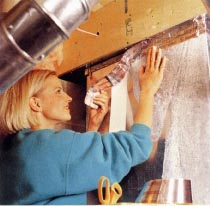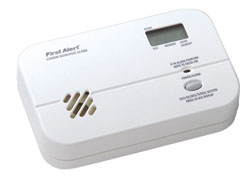When it comes to furnaces, an ounce of prevention truly is worth a pound of cure. Simple maintenance will cut heating bills, prolong furnace life and make your home warmer and safer. To help prevent furnace trouble, follow these simple steps that will keep it in top shape. This maintenance operation normally takes an hour or two and costs only a few dollars, which is pretty inexpensive insurance. Put it on your calendar each year, at least a month before the heating season begins.
Caution: Turn off gas and power at the furnace before you start.

Vacuum burners and furnace base. With electrical power and gas off, vacuum the burners and the furnace base. To reach way in back, tape a drain tube to the vacuum hose.

Clean blower blades. Remove bolts holding the blower in place, lift the blower out and use a vacuum and small brush to clean the blades. Take care not to stress wiring or disturb fan blade counterweights.

Change filter. Change the filter every one to three months. Inexpensive fiberglass filters will protect the blower and blower motor; check the manual before installing more restrictive, higher-efficiency filters.

Inspect belt. Belts need periodic adjustment or replacement. Inspect for cracks or frayed areas. Tension a new belt so that it deflects about the thickness of a finger.

Oil
bearings. Some older furnaces have two motor and two blower shaft bearings that need oiling every year. Clean around
oil caps, remove and apply two to three drops of oil -- but no more!

Adjust dampers. If your ducts serve both heating and air-conditioning duties, they may have marked settings for seasonal adjustments. Rotate the damper handles to adjust.
continued...

Seal leaky ducts. Special metal tape is available for sealing leaky ducts. High-temperature silicone works, too. Return air ducts are especially important to seal.


